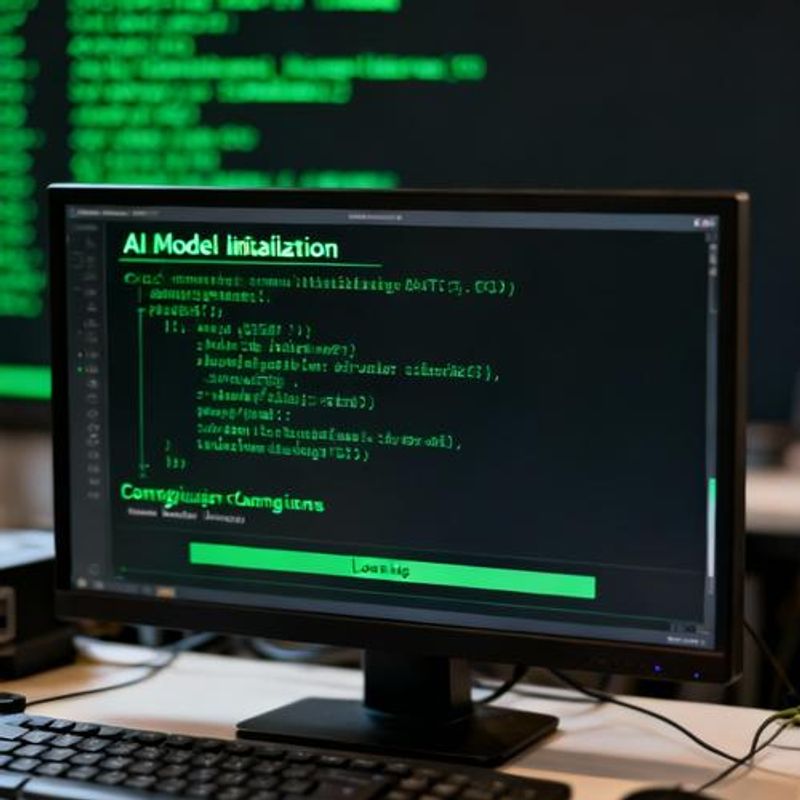The Complete Guide to AI Set Configuration and Optimization for Developers

Managing AI set configurations can make or break your development workflow. Whether you're integrating machine learning models into production applications or building AI-powered features, understanding how to properly configure and optimize AI sets will save you countless hours of debugging and performance issues. This comprehensive guide walks you through everything you need to know about AI set implementation, from initial setup to advanced optimization techniques that actually work in real-world scenarios.

Why AI Set Configuration Matters for Modern Development
Every developer working with AI tools faces the same frustrating scenario: spending more time wrestling with configuration issues than actually building features. AI set configuration determines how your models behave, how resources are allocated, and ultimately how your application performs in production. Poor configuration leads to memory leaks, inconsistent results, and those dreaded 3 AM production alerts. The challenge isn't just technical—it's about finding the right balance between performance, cost, and maintainability while working within your team's existing tech stack.
Key Takeaways: What You'll Learn
Here's what this guide covers to help you master AI set configuration:
- Essential AI set parameters and their real-world impact on application performance
- Step-by-step configuration workflows that prevent common deployment failures
- Performance optimization techniques that reduce latency and resource consumption
- Debugging strategies for troubleshooting configuration-related issues

Essential AI Set Configuration Parameters
Understanding core configuration parameters is crucial for successful AI set implementation. The most critical parameters include model batch sizes, memory allocation limits, timeout settings, and retry mechanisms. Batch size directly impacts both performance and memory usage—too small and you're wasting GPU cycles, too large and you'll run into out-of-memory errors. Memory allocation should typically be set to 80% of available resources to prevent system instability. Timeout settings need to account for model loading time plus inference time, usually ranging from 30 seconds for lightweight models to several minutes for large language models. Implementing exponential backoff for retries helps handle temporary failures gracefully without overwhelming your infrastructure.
Step-by-Step Configuration Implementation
Start by creating a configuration schema that validates your AI set parameters before runtime. Use environment-specific config files to handle different deployment scenarios—development, staging, and production each have different resource constraints and performance requirements. Implement configuration validation at startup to catch errors early rather than during inference. Set up monitoring for key metrics like memory usage, inference latency, and error rates. Use feature flags to safely roll out configuration changes without full deployments. Always maintain backward compatibility in your configuration schema to prevent breaking changes during updates.
Performance Optimization Strategies
Model quantization can reduce memory usage by 50-75% with minimal accuracy loss. Implement connection pooling for AI service calls to reduce overhead. Use caching strategically for repeated inference requests, but be mindful of cache invalidation strategies. Configure appropriate warm-up periods for models to avoid cold start latency in production. Implement circuit breakers to prevent cascade failures when AI services become unavailable. Consider using model sharding for large models that exceed single-GPU memory limits.

Common Configuration Mistakes and How to Avoid Them
The biggest mistake developers make is using development configurations in production environments. This leads to resource exhaustion and poor performance. Another common error is hardcoding model paths or API endpoints instead of using environment variables. Failing to implement proper error handling for configuration loading can cause silent failures that are difficult to debug. Not setting appropriate resource limits often results in one AI process consuming all available memory. Avoid using default timeout values from documentation—they rarely work for real-world scenarios. Never skip configuration validation, as invalid parameters can cause subtle bugs that only surface under load.
Ready to Implement AI Set Configuration?
Proper AI set configuration is the foundation of reliable AI-powered applications. Start by implementing the configuration validation and monitoring strategies outlined in this guide. Test your configuration thoroughly in staging environments that mirror production resources. Remember that configuration is not a one-time task—continuously monitor and optimize based on real usage patterns. For advanced AI development workflows and tools that simplify configuration management, explore our AI development platform that automates many of these configuration tasks and provides real-time optimization suggestions.